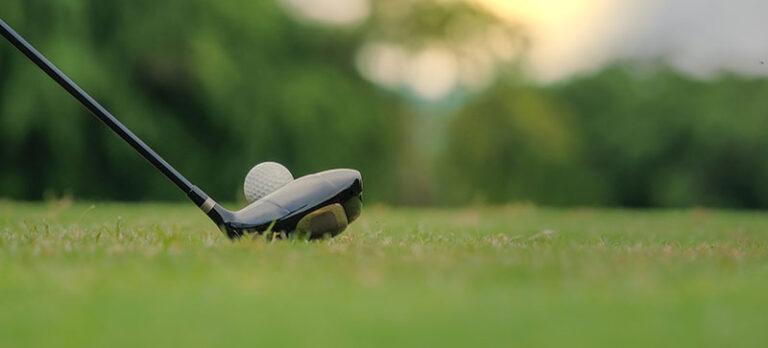You have already deduced that a good swing is not something that is born by chance, but that is acquired with learning and practice in one of the golf courses in Majorca. A good movement is gained with the experience and handling of each of its parts, backswing, downswing and follow-through.
The first part, the backswing; from the beginning of the rise of the stick until the stick finishes raising and is behind the head pointing towards the target, the downswing, as the name indicates is the descent of the stick towards the ball with the acceleration of hands, arms and hips ; and finally the follow-through or finish that is the rest of the movement from the moment the ball is hit until the end.
Backswing, downswing and follow-through
- Backswing
An excess of tension in the hands or shoulders will move to the stick hindering our swing. Take a deep breath, relax your shoulders, wrists…
In the backswing we can differentiate between two movements: a horizontal one that consists in the rotation of our body to catch momentum and another vertical one that appears with the rise of the arms.
To perform the backswing well the hands, arms and shoulders move away from the ball, until it is approximately at hip level. Then keep turning while the arms go up and the wrists start spinning.
At the end of a good backswing we will have turned the shoulders approximately 90º and the hips more or less half. The left arm will be comfortably stretched and the right arm will be slightly bent. The wrists will have been turned to such an extent that the club (which is now parallel to the ground) and our left arm create an angle of 90º.
This is the ideal position to get a controlled backswing that allows us to guide the ball strategically. To achieve success, we must maintain balance and stability at all times. Keeping your eyes fixed on the ball while we make the move will help us achieve it.
- Downswing
The downswing begins at the beginning of the lowering of the club until it hits the ball.
To carry it out we perform a reverse movement to the backswing: We lower the arms while our body rotates in the opposite direction and the wrists unfold. The moment the club comes into contact with the ball, the body is in a similar position at the start of the backswing.
For this movement we must let ourselves go, we will lower our arms and the rest of the body will respond as a reaction to that descent. We will maintain the same stability and balance as in the backswing leaving our eyes fixed on the ball.
- Follow-through
Contrary to what the swing might look like it does not end when the end of the club comes into contact with the ball, if not it continues, this part of the movement is known as follow-through or forward-swing.
In the first moments of the follow-through, our arms will continue forward and the hands will also be placed in front of the club’s face, our wrists are now very firm and the body keeps turning until it aligns with the target.
At this time the body weight should rest on the left leg, at the same time that the right knee moves to the left and the heel of the foot is lifted. The hands will end at head level, maybe a little behind.
With this movement the swing has come to an end, and if your body has been faithful to these movements you can say that you have made a “finish” concealer.









